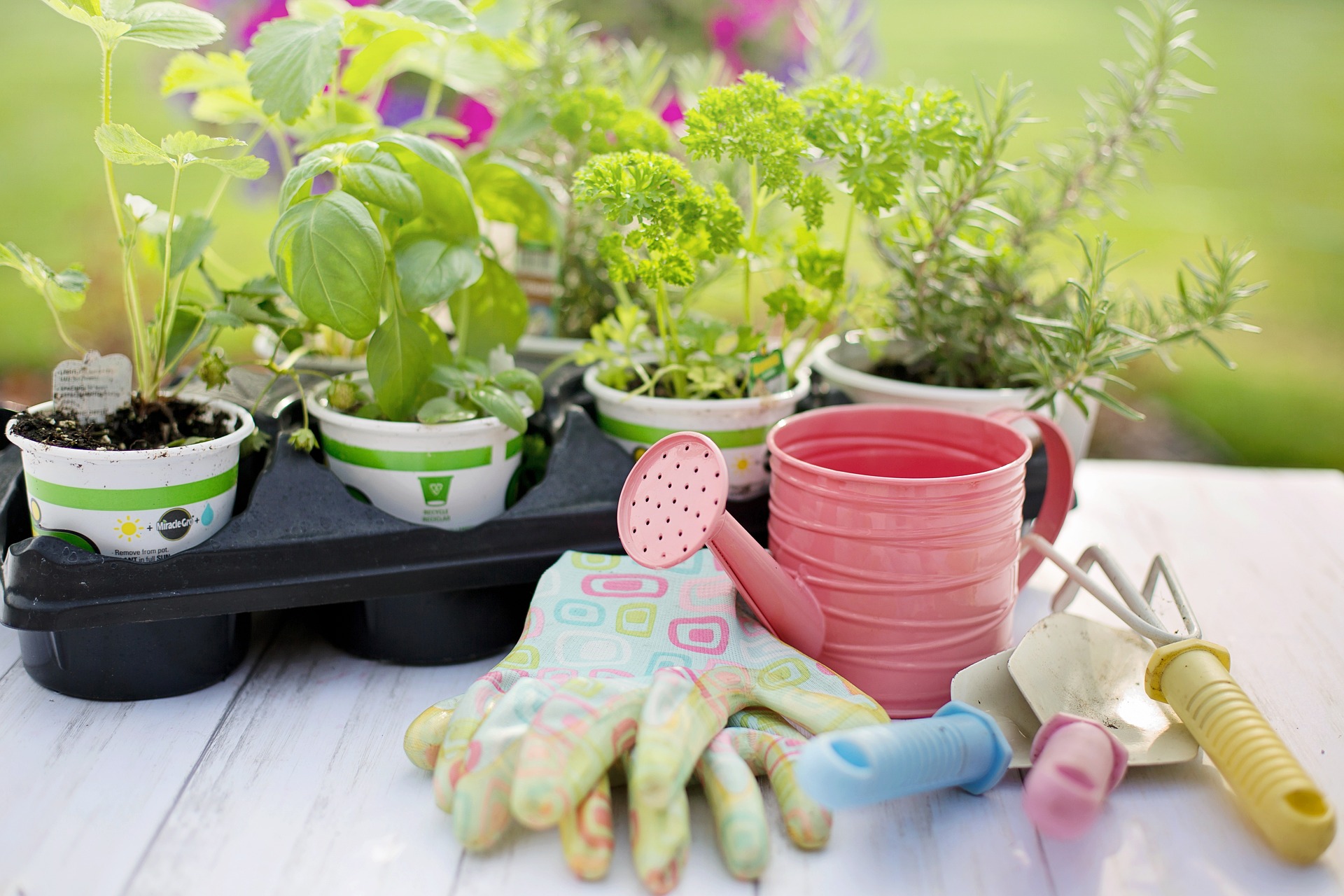Essential Gardening Tools: Wood Chippers, Mulch & Yard Waste
A well-equipped garden makes routine tasks faster, safer, and more enjoyable. From pruning tools to power equipment, having the right gardening tools helps you convert yard waste into useful materials like mulch, manage branches efficiently, and maintain a tidy outdoor space. This guide focuses on practical tools—especially wood chippers—and best practices to get the most from your garden maintenance.

How does a wood chipper help in your garden?
A wood chipper reduces branches, twigs, and small trunks into chips that are easy to handle and reuse. For many gardeners, a wood chipper is the bridge between clearing debris and creating finished mulch. Chippers come in electric and gasoline models: electric units are quieter and suited to smaller gardens, while gas chippers offer more power for larger volumes or thicker branches. Choosing the right capacity (based on maximum branch diameter) will help you avoid jams and increase efficiency.
Using a wood chipper properly also reduces disposal costs and the need for multiple trips to municipal green waste facilities. When chipped material is processed correctly, it dries faster and integrates better into compost or mulch beds. Always follow safety guidelines—use gloves, eye protection, and feed branches butt-end first while standing to the side of the feed chute.
What tools keep the garden tidy?
Beyond a wood chipper, a few essential gardening tools keep a garden presentable: pruning shears, loppers, a rake, a wheelbarrow, and a sturdy tarp. Pruning shears handle small stems, while loppers cut mid-sized branches that might otherwise clog a chipper. A rake is invaluable for gathering leaves and small yard waste, and a tarp or wheelbarrow makes transport straightforward.
Power tools such as a leaf blower or string trimmer can speed up finishing touches, but for sustainable practices consider manual options where practical. Proper tool maintenance—sharpening blades, cleaning rust, and storing dry—extends lifespans and keeps cuts clean, which benefits plant health and reduces disease risk.
How to handle branches safely?
Handling branches starts with assessment: identify deadwood, hanging limbs, and the branch sizes you’ll process. For heavier or awkward branches, use loppers or a pruning saw to cut into manageable lengths before feeding them into a wood chipper. Always wear gloves, eye protection, and sturdy footwear. If a branch is under tension, make relief cuts to avoid sudden snap-back.
For large trees or high limbs, consider hiring professionals who have harnesses and chainsaws; these scenarios present significant safety hazards. When stacking branches for transport, place larger pieces at the bottom and secure the load to prevent shifting. Avoid overloading bags or containers—split materials into smaller batches to keep handling safe and efficient.
How to use chipped material as mulch?
Chipped wood makes an excellent mulch that suppresses weeds, conserves moisture, and slowly releases nutrients as it decomposes. Spread a 2–4 inch layer around established plants, keeping mulch a few inches away from stems and trunks to prevent rot. Mix finer chips into compost or use them as the top dressing for paths and planting beds.
To accelerate decomposition and reduce nitrogen drawdown, blend chipped wood with green yard waste or composted material. Over time, the mulch will break down and can be turned into soil-building material. Be mindful of the source: untreated wood and disease-free branches are safe, while invasive species or diseased wood should be handled separately to avoid spreading pathogens.
What to do with yard waste effectively?
A balanced approach to yard waste combines reuse, composting, and responsible disposal. Separate materials into green (leaves, grass clippings, fruit scraps) and brown (wood chips, branches) streams to optimize composting. Use a wood chipper to reduce bulky branches into a manageable brown fraction that improves aeration and carbon balance in compost piles.
When researching local services or equipment rentals, online resources sometimes experience temporary outages; you might encounter errors like “Service Unavailable: Endpoint request timed out.” This typically indicates a server or connectivity issue—try refreshing, checking an alternate source, or contacting the provider directly. For large volumes of yard waste that you cannot process on-site, many communities offer curbside pickup or drop-off at composting facilities—check local services in your area for guidelines and size limits.
Conclusion
Selecting the right gardening tools—from basic hand tools to a suitable wood chipper—lets you manage branches and yard waste efficiently while producing valuable mulch and compost. Prioritize safety, proper maintenance, and matching tool capacity to the scale of your garden work. Thoughtful reuse of chipped material reduces waste, improves soil health, and keeps your garden looking its best.






